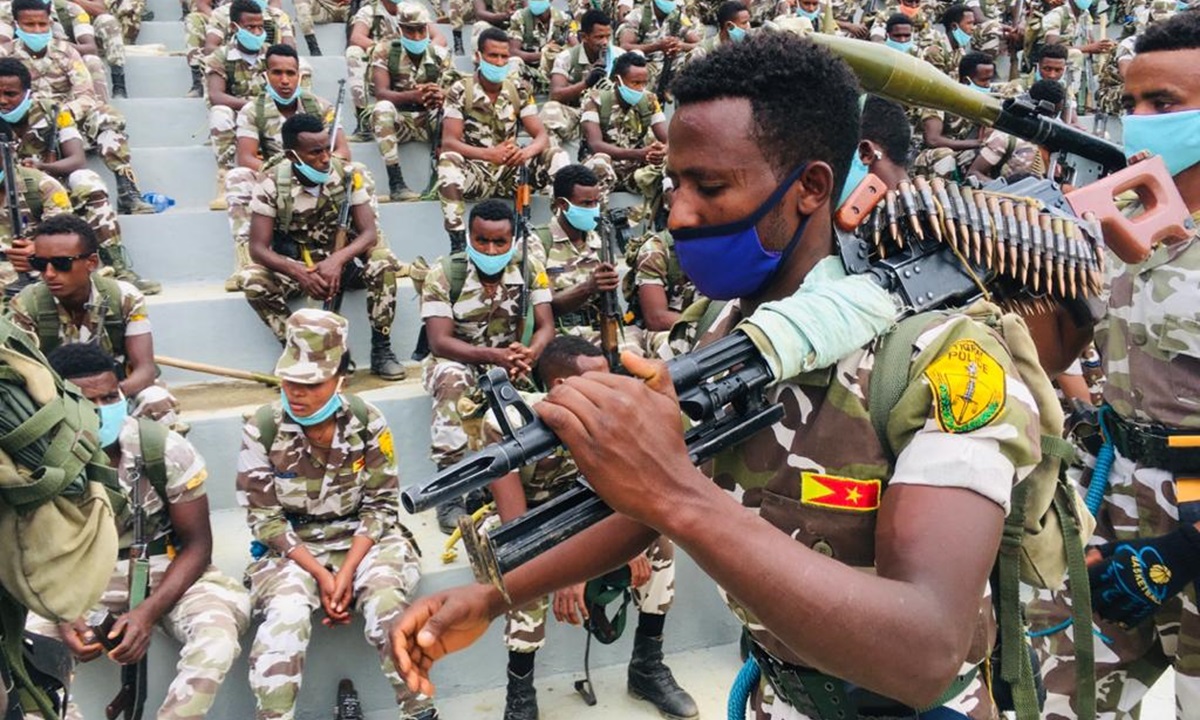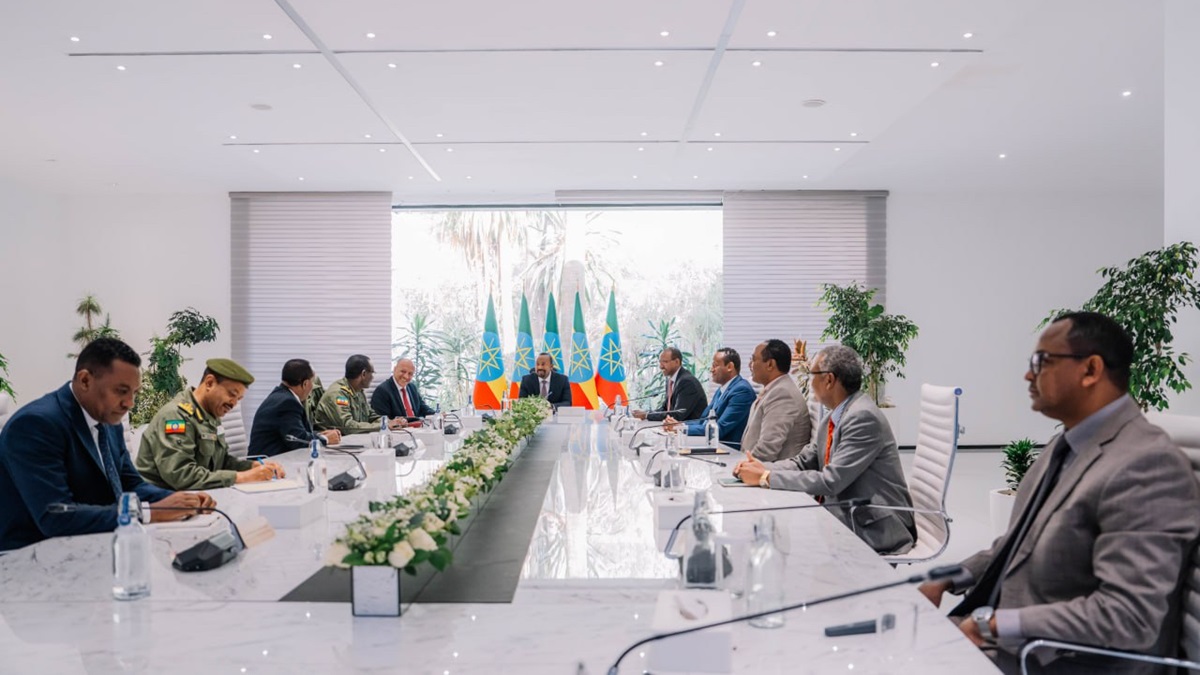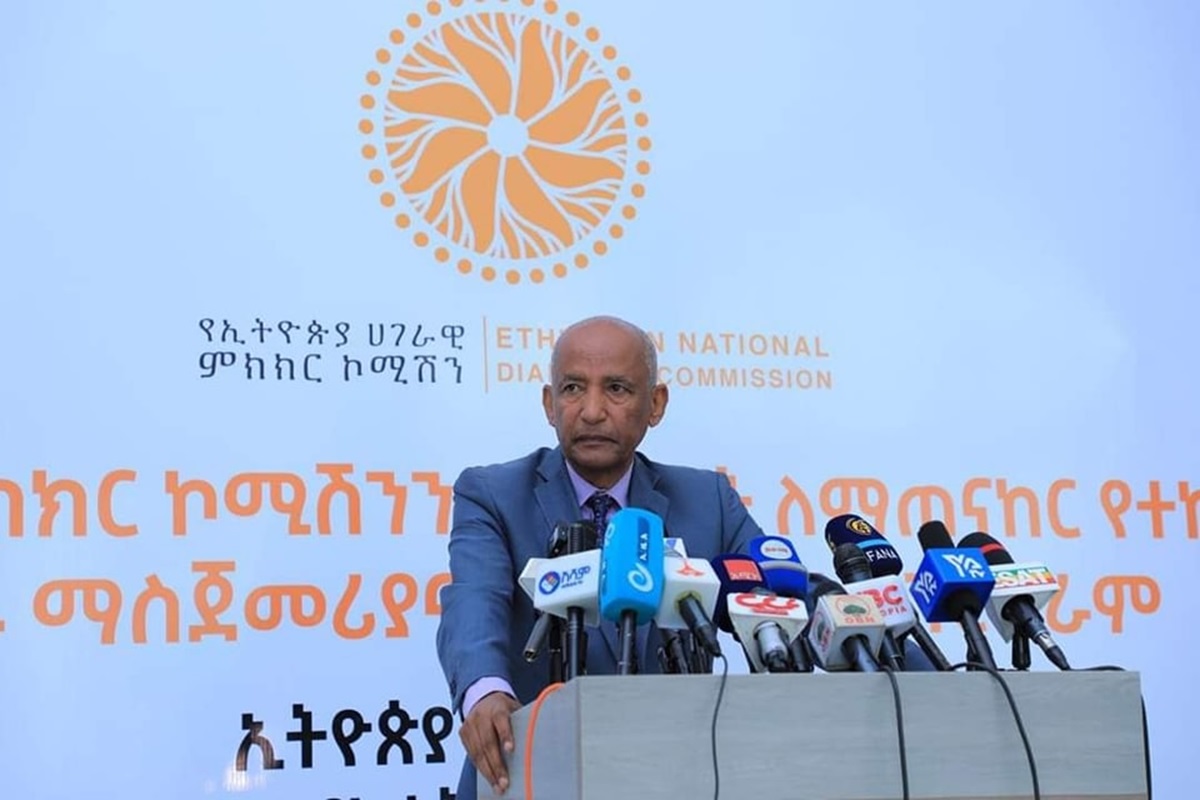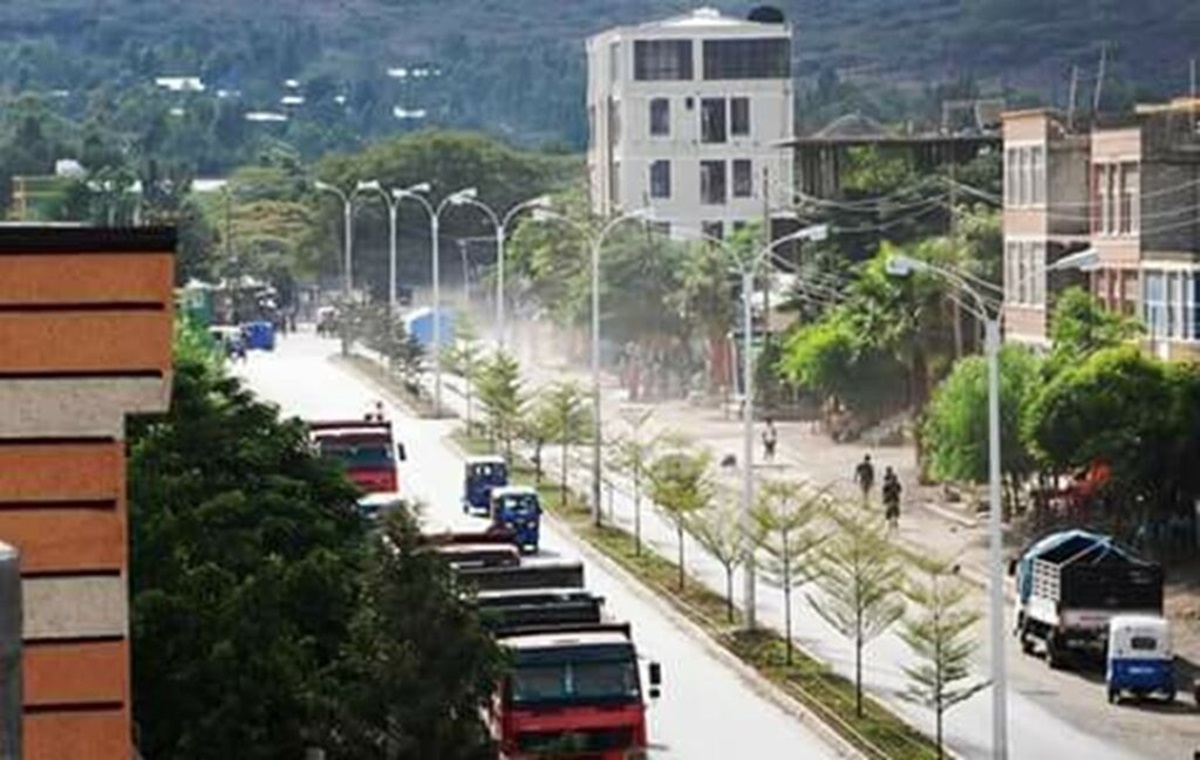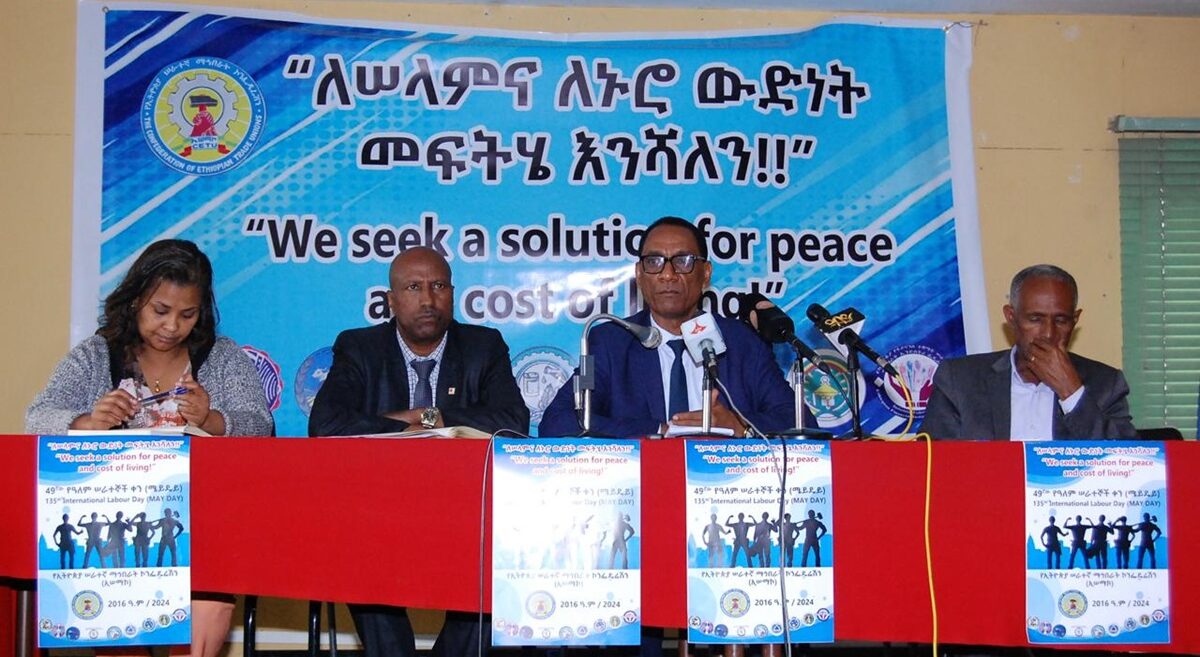
By Million Beyene @MillionBeyene
Addis Abeba – Nearly half a century since its birth in the throes of revolution, the Tigray People’s Liberation Front (TPLF), a household name in Ethiopian politics, faces an uncertain future. It was founded in 1975 in Dedebit, northwestern Tigray, amidst social and political upheavals of the Ethiopian Revolution, a popular student uprising that toppled the monarchy and ushered in the Derg, a repressive military junta.
After a protracted armed struggle against the military Derg, the TPLF emerged victorious in 1991, bringing an end to the Derg’s 17-year rule. As part of the Ethiopian People’s Revolutionary Democratic Front (EPRDF), the TPLF dominated Ethiopian politics for nearly three decades.
While credited with steering Ethiopia’s acclaimed economic growth for multiple consecutive years in the past, its rule was characterized by authoritarianism, marginalization of various groups, and egregious human rights violations, leading to widespread popular protests, particularly in the Oromia and Amhara regions.
In 2018, the TPLF lost ground in Addis Abeba and retreated to Mekelle, the capital of Tigray, following the resignation of former PM Hailemariam Dessalegn and the coming to power of Abiy Ahmed, who removed, in an unprecedented manner, senior officials and old guards of the TPLF from federal government power.
Going into an all-out war against PM Abiy’s administration two years later, the cancellation of its registration as a political party by the election board in January 2021, and the subsequent designation as a terrorist organization by the federal parliament in May 2021 marked a dramatic shift in the party’s recent history.
Following the signing of the Pretoria Cessation of Hostilities Agreement (CoHA) in November 2022, ending the two-year brutal war with the government, the TPLF was removed from the list of terrorist organizations in March last year.
The TPLF lost its commitment, sincerity, and ability to adapt after Meles Zenawi’s death, which led to a decline in public trust and ultimately rendered the party largely ineffective.”
Meuz Gidey (PhD), an intellectual at the Tigray Research Center
Notwithstanding ongoing deliberations to restore its status as a legal political entity, the party navigates a new era of internal and external challenges, casting shadows over its future prominence.
Meuz Gidey (PhD), an intellectual at the Tigray Research Center, elucidates that the TPLF’s relevance stemmed from a desire for a more inclusive Ethiopian state that respected the self-ruling rights of various ethnicities. While the party achieved some successes in that regard, from a Tigrayan perspective, Dr. Meuz contends that the TPLF ultimately failed to create the Ethiopia that the Tigrayans desired while respecting the rights of other groups.
Dr. Meuz argues that the party has increasingly favored authoritarianism, especially since 2001, leading to a deterioration in Tigray-Ethiopia relations and contributing to its current precarious state. He further noted that “the TPLF lost its commitment, sincerity, and ability to adapt after Meles Zenawi’s death, which led to a decline in public trust and ultimately rendered the party largely ineffective.”
Dejen Mezgebe (PhD), Chairman of the Tigray Independence Party, argues that after the 1991 victory over the military Derg regime, the TPLF reconfigured its initial goal of liberating the Tigray people to ruling the wider Ethiopia by “hijacking the struggle of the people of Tigray.” Ever since, he contends that the party has become increasingly unpopular, failing to maintain the successes garnered during the period of armed struggle.
“The hope for change and revival within the TPLF is bleak,” he stated, adding that “the party has lost momentum and is currently adrift with little prospect of regaining its footing.”
Hadush Kahsu, a lifelong member of the TPLF and the current deputy head of communications for the Tigray Interim Administration, strongly disagrees. He emphasized that the party’s experience in overcoming challenges has honed its problem-solving skills, which according to Hadush will enable it to navigate past current internal crises and remain politically relevant.
Eyasu Tesfay, a TPLF member, also acknowledges ongoing internal challenges but expressed confidence in the party’s ability to address them. “The party recognizes its shortcomings,” he stated, “and is committed to institutional reform to overcome these issues.”
Following the formation of the Tigray Interim Administration, subsequent to the signing of the Pretoria peace agreement, apprehensions have been mounting internally, particularly between TPLF leaders Chairman Debretsion Gebremichael and executive committee member and President of Tigray Interim Administration Getachew Reda.
In September last year, Getachew highlighted how his administration’s attempts to separate government and party lines have been perceived as an “anti-TPLF” approach, leading to the emergence of some zones and districts unwilling to be governed under the interim administration. This was followed by the dismissal of high-ranking party officials from their leadership roles in the interim administration, hinting at a more serious internal strife.
In the aftermath of a devastating war, the leadership in Tigray is currently grappling with an unprecedented humanitarian crisis compounded by persistent drought that has already caused thousands to die of hunger and placed the majority of the population at considerable risk.
The status of more than 1 million IDPs and the issue of disarming, demobilizing, and reintegrating Tigray’s ex-combatants as part of the lingering overall implementation of the Pretoria peace deal, coupled with the ensuing tension between regional authorities and the federal government, adds a layer to the complexity of regional dynamics.
Dr. Meuz, however, views the rift between the ruling elites as a symptom of “political decay,” positing it as a power struggle focused on personal or group interests rather than differences over ideological or political issues relevant to the people.
Hadush Kahsu holds a different perspective. He believes that the problems lie within the TPLF’s Central Committee, not the general membership of the party, and described the key issue as “focusing heavily on external threats, while neglecting internal issues”. Nonetheless, he is confident that the party’s long-standing dispute mitigation traditions will come to the rescue. The party has recently been engaging in extended discussions trying to resolve outstanding issues.
An upcoming regional election, which will be held on the basis of the Pretoria COHA, offers a lifeline for the TPLF, given the party’s ability to primarily address internal divisions, provide a clear roadmap to manage the humanitarian crisis in the region, navigate intricate relations with the federal and neighboring regional governments, and rebuild public trust among other factors.
Dr. Meuz contends that the party’s past influence stemming from its historical popularity among the Tigray people and the Tigray people’s commitment to political unity have now seemingly eroded. In his view, the TPLF’s return to prominence is unlikely. Eyasu Tesfay, however, offers a contrasting opinion, emphasizing the TPLF’s strength as a popular movement and asserting its imminent comeback to the political playfield. AS


